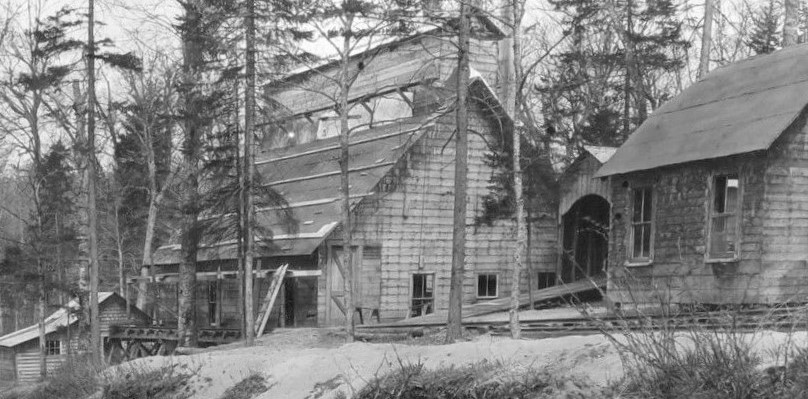In the late 1890s, Abbot Augustus Low, a wealthy New Yorker established a private estate in the Adirondack forest. At the core of his estate was settlement on the New York Central Railroad alongside Horse Shoe Lake from which a private railroad network stretched into the forest connecting a series of mills, dams, maple syrup plants, and a recreational retreat for his family. A.A. Low created the Horse Shoe Forestry Company as his business brand and the identity of his many forest endeavors along with the names of his sugarbushes, Grasse River, Wake Robin, and Maple Valley. Central to the history of the Horse Shoe Forestry Company was the emphasis on the workings and success of the maple syrup operation which this book has attempted to investigate and recount in detail.

In researching the story of the Horse Shoe maple operation, it became apparent that there were many holes and gaps in our knowledge. It was not known with certainty where exactly some of the maple syrup plants and storage structures were originally located. Identifying the precise location of as many of these sites as possible became an important theme in the research for this book. For example, the syrup house, as it was known by A.A. Low, illustrated below, was a structure known from this photo but its location was unknown. Through the careful examination of historic photos of the settlement and farm buildings at the Horse Shoe settlement, such as shown below, it was possible to determine where this structure once stood.


Similar historic research coupled with field investigations resulted in the identification of all of the primary sites associated with maple syrup making by the Horse Shoe Forestry Company. In many instances, it was possible to create modern images of the same scene and vantage as many of the prominent historic images of the Horse Shoe operation.


These are a few examples of the illustrations and research results found in this book. In addition to a detailed, exhaustive, and carefully referenced study of the development and growth of the maple syrup operation at Horseshoe, the book also recounts the forest fire that led to its tragic demise in 1908, followed by what happened on the lands of A.A. Low’s estate over the next century.
Order copies of the book through eBay at this link or by clicking on the image of the book below.


